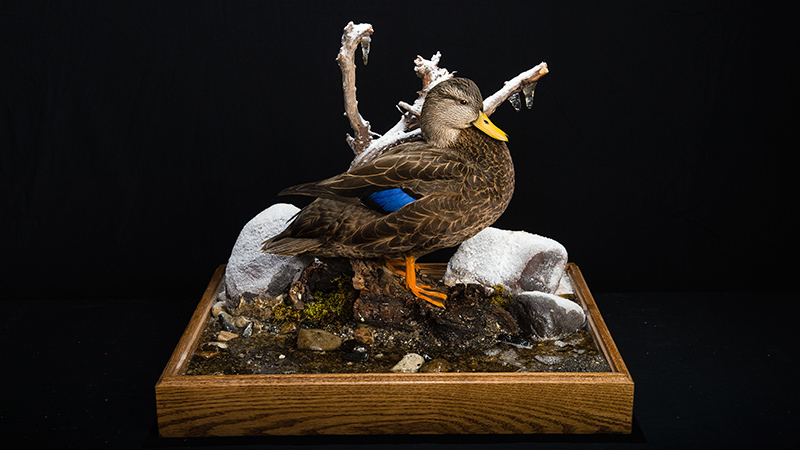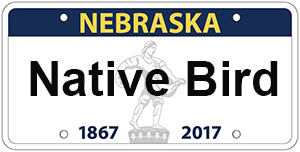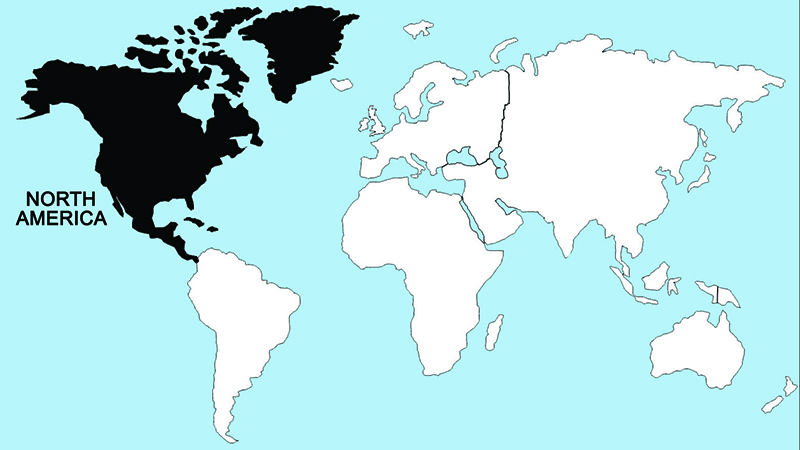American Black Duck

About 50 years ago, I hesitantly suggested that since the American black duck is not a reproductively isolated species, its existence as a genetically distinct entity might become threatened by an increasing rate of hybridization with mallards, which have expanded into eastern North America in association with deforestation and releases of captiveraised birds by game agencies and sportsmen’s groups. My prophecy has materialized at a rate that I would not have dared to suggest, and it is now apparent that the future of the North American black duck as a distinct species is in great jeopardy. In addition to hybridization, much of the original eastern hardwood forest swampland and similar wetlands that were the black duck's favored nesting habitat have disappeared. Biologists and naturalists have every right to be concerned about the future of the black duck, which used to be the prize trophy bird of Atlantic coast hunters.
The social displays and reproductive biology of the American black duck is essentially identical to that of mallards. Male mallards are as likely to court female black ducks as they are mallards. As a result, the female black ducks must make the correct choices of mating partners, which should be easy, given the marked plumage differences between the two types. They frequently make the wrong choice perhaps because of the mallard’s more impressive male plumage or perhaps simply because far more male mallards than black ducks are now available as mating partners.
Regions Birds Are Found


Collection Location & Year
U.S. - Alaska 2001
Taxonomy
| Order | Anseriformes |
|---|---|
| Family | Anatidae |
| Tribe | Anatini |
| Species | Anas |
| Genus | rubripes |
Gender
Male
References
- Johnsgard, P. A. 1975a. North American Game Birds of Upland and Shoreline. Lincoln, NE: Univ. of Nebraska Press.
- Johnsgard, P. A. 1978. Ducks, Geese and Swans of the World. Lincoln, NE: Univ. of Nebraska Press.
- Elliot, A., J. del Hoyo, J. Sargatal, and C. Imboden, eds. 1992. Handbook of Birds of the World. Vol. 1 (Ostriches to Ducks). Barcelona, Spain: Lynx Editions.
- Kear, J. 2005. Ducks, Geese and Swans. London, UK: Oxford University Press.